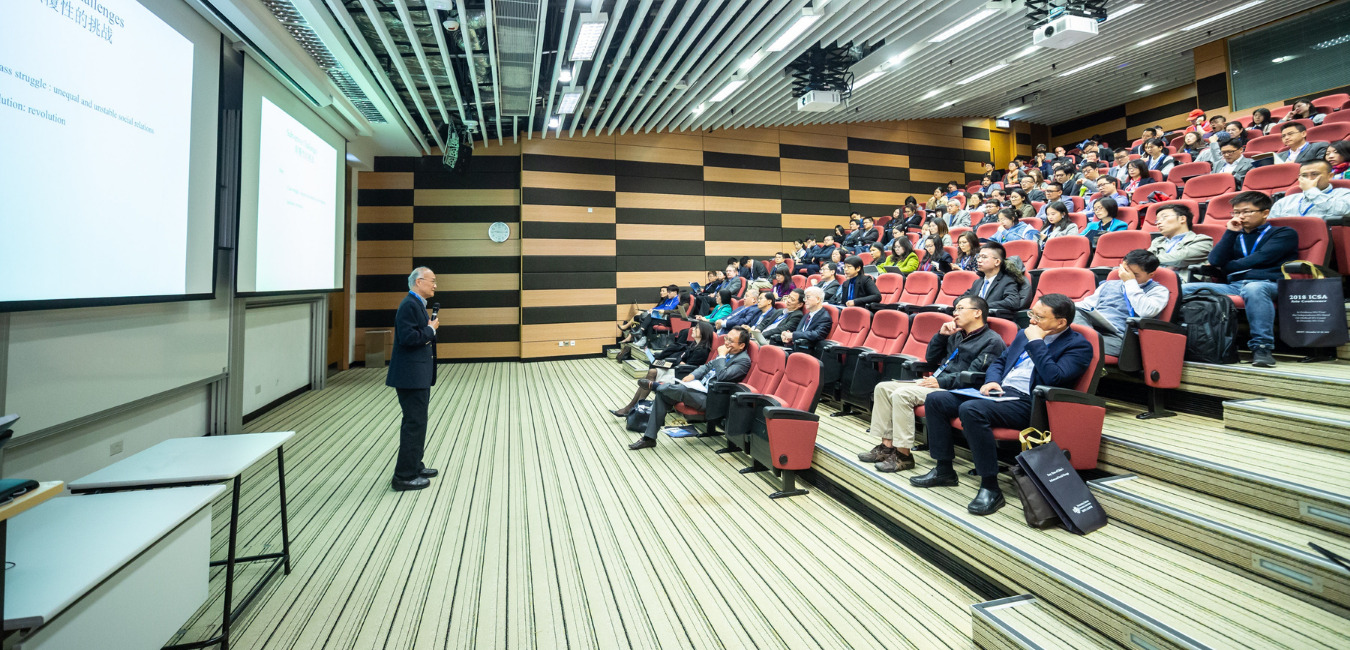The Articulate Executive I – On Public Speaking
If you are facing an upcoming public speech, I have a story to share with you. It involves a book by Granville Toogood entitled The Articulate Executive.
Some years ago I was invited to be the lunch speaker at a meeting of the Duke University Library Board of Trustees. I was invited because several years before that I had formed a small publishing company, and the trustees were interested to get my ground-level view of the seismic shifts affecting the publishing industry.
A couple of months before this invitation I happened to read The Articulate Executive. I decided I would use the occasion of my library talk to try out every one of his suggestions. Here are a few:
- He says it’s all right, when you step to the podium, if you wish to thank your host. However, he says it’s better if the first thing to come out of your mouth is your main point – and that you make your main point in 8 seconds.
- He says no matter how long you’re given to speak, you should speak for exactly 17 minutes. Not 18, not 14, not 21. No, 17 and only 17.
- He says if you’re reading your text you should not do what most speakers do, namely look down at the beginning of a sentence and up at the end. Instead, you should look down only in the middle of the sentence.
Suggestion #3 might be old-fashioned because so many people use PowerPoint these days. This observation leads to his fourth suggestion:
- Visuals take attention away from the speaker. If you are going to use them, use them sparingly. In addition, have no slide with words, only uncomplicated images. In other words (mine, not his), PowerPoint is a tool all too easy to misuse.
Case in point: TED talks are a max of 20 minutes. The speakers use few visuals and no notes, although there may be some kind of prompter system.
Toogood gives other suggestions, but these four are enough here. I can no longer remember main point or one single thing I said in my talk at the library. However, I do remember the process I went through to hit both the 8-second and 17-minute mark, and it required lots and lots of work. By the time I finished preparing, I had all but memorized my talk. I used no visuals.
When I was initially invited, I was informed the audience would be between 60 – 70 people. Of those, about 12 were people on the library board, and the rest would be librarians and administrators.
I was also told I had 30 minutes to speak.
In the week before the talk, I was reminded by at least 3 emails not to exceed the time limit because the trustees had a very tight schedule. I knew I wasn’t going to go over 30 minutes, because I had already set the talk for 17.
I gave what was undoubtedly the best public presentation of my career up to that point. How do I know?
 Because my 17-minute talk generated another 30+ minutes of Q&A. The interest my talk generated ruined the trustees’ supposedly tight schedule.
Because my 17-minute talk generated another 30+ minutes of Q&A. The interest my talk generated ruined the trustees’ supposedly tight schedule.
My experience made me realize the virtues of Toogood’s suggestions.
First, the 8-second rule requires you to be crystal clear about your main point and to say it simply.
Second, the 17-minute rule requires discipline. You cannot possibly say all you know on a given topic in 17 minutes. And that is probably the point. Your job is to set up a range of things that you know. Then instead of you trying to anticipate what the audience wants to know, you let them decide where they want to take the topic. When you give up control – not fill the whole 30 minutes or 50 minutes or whatever – you gain audience engagement.
Third, all the preparation made my presentation seem spontaneous.
The subtitle to The Articulate Executive is Look, Act and Sound Like a Leader. My take-away: leaders speak less, listen and respond more.
See also: The Articulate Executive II
Categorised in: Language, Thoughts
This post was written by Julie Tetel Andresen
You may also like these stories:
- google+
- comment



